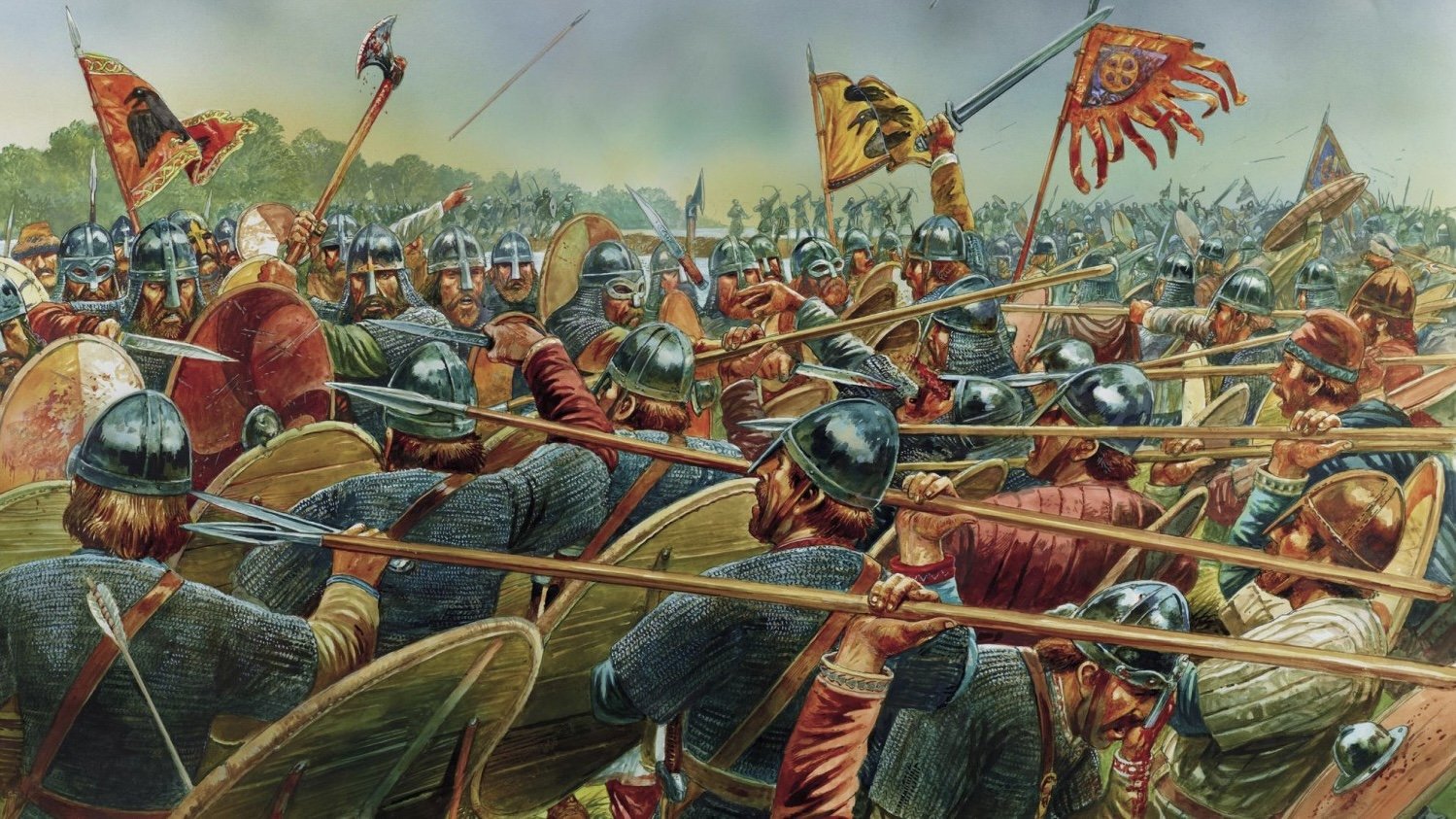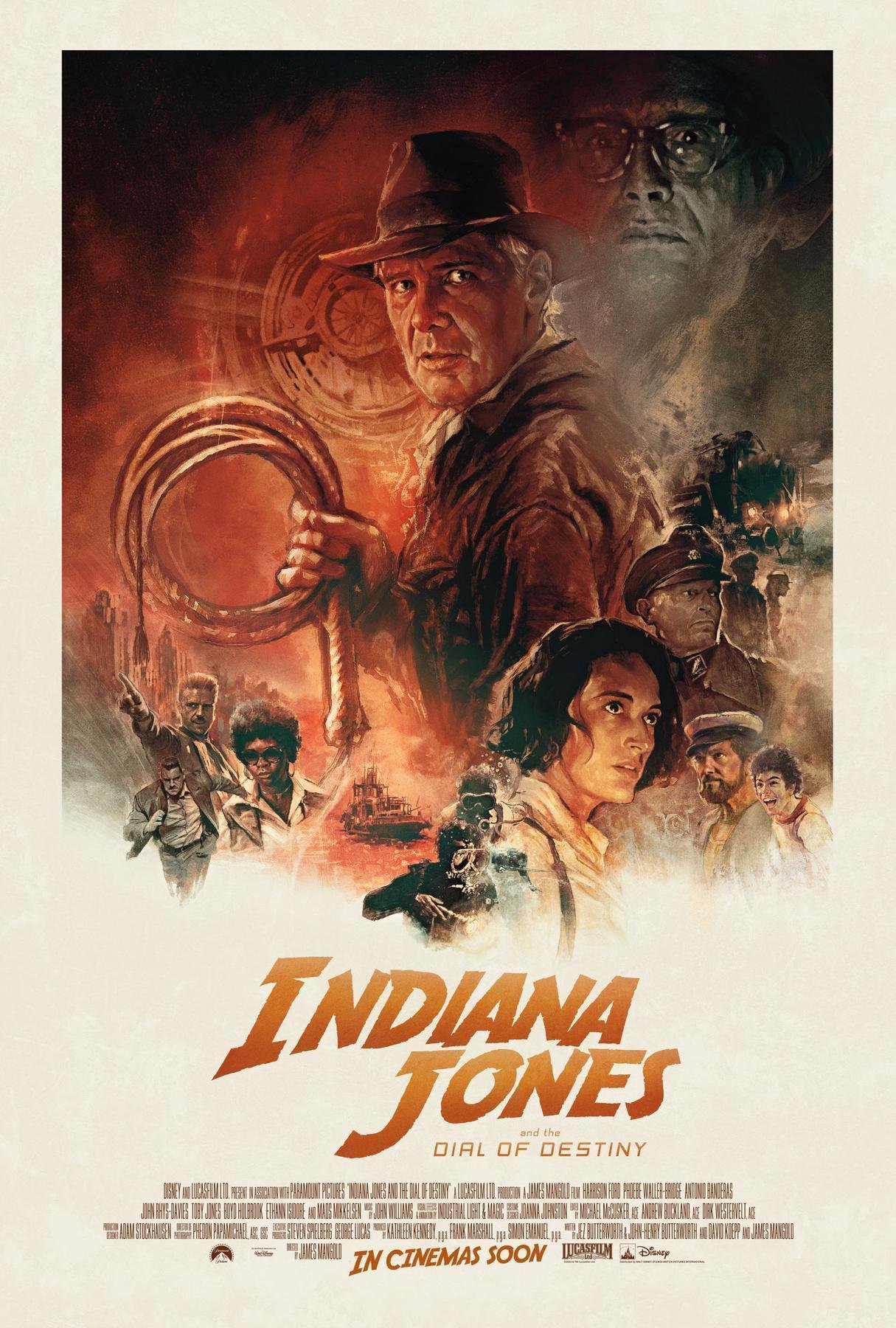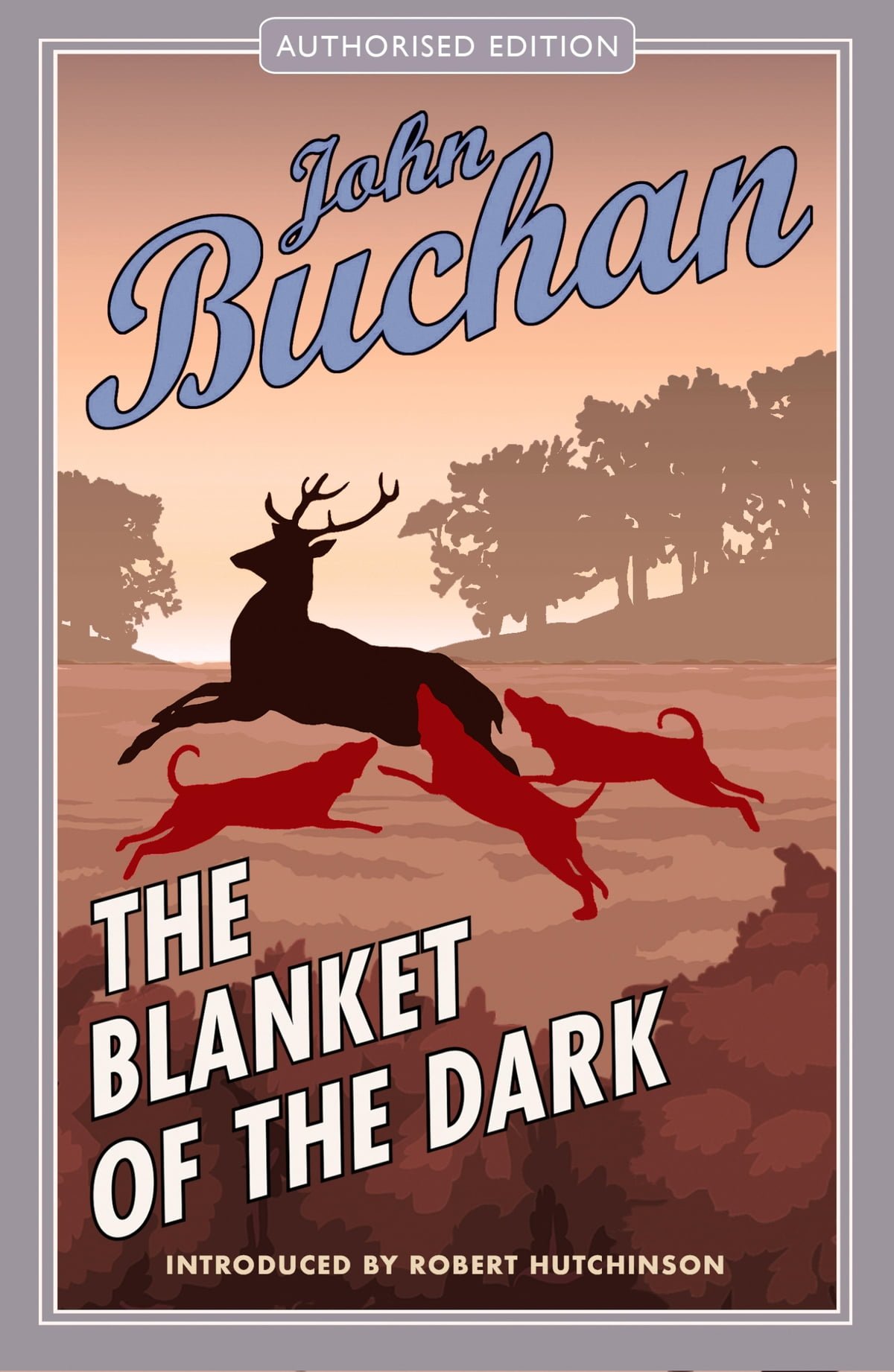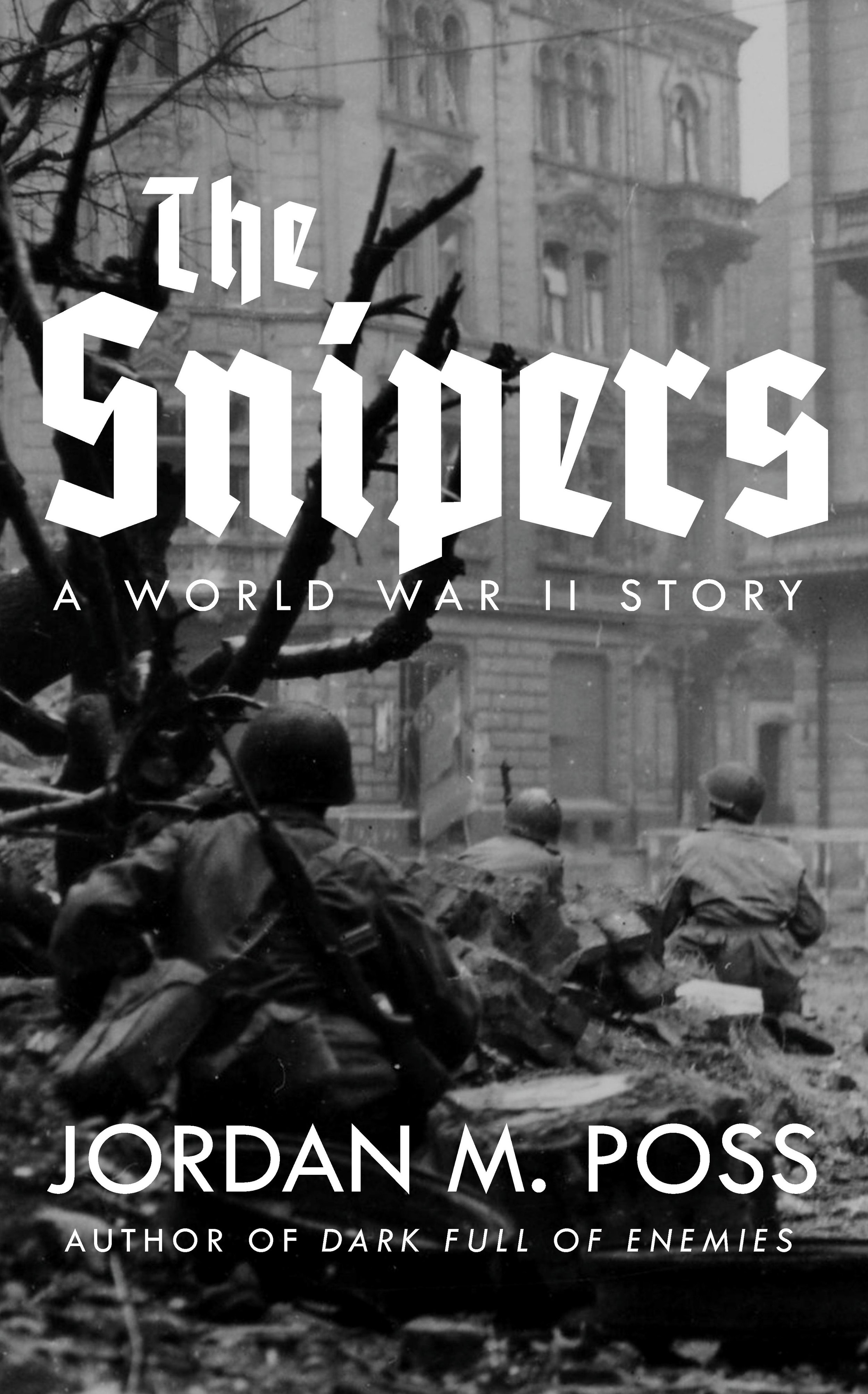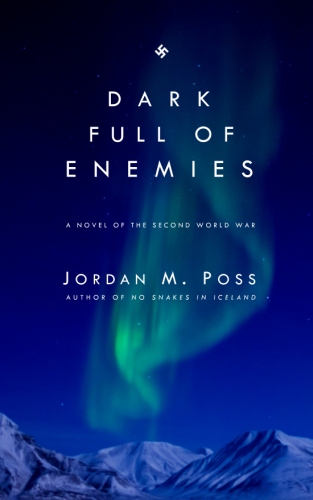Cormac McCarthy and the power of the particular
/As I was closing out unused browser tabs yesterday I was glad to rediscover this in memoriam post on Cormac McCarthy by Declan Leary at The American Conservative, written after McCarthy’s death last month. It’s a good piece, making some insightful comments on McCarthy’s style, his philosophy, and his intentional resistance to easy didactic interpretation—as well as having some fun mocking the insufferable ego and faux intellectualism of wannabe auteur James Franco—but I especially appreciated it for two related points Leary makes near the end.
First, Leary responds to a 1992 New York Times profile of McCarthy in which the interviewer lazily turns the desolate setting of Blood Meridian into a mere metaphor:
Yet [Richard] Woodward, like later students at McCarthy’s feet, is bothered by the master’s resistance to interpretation. He slips up at one point, writing that McCarthy “has made dozens of similar scouting forays to Texas, New Mexico, Arizona and across the Rio Grande into Chihuahua, Sonora and Coahuila. The vast blankness of the Southwest desert served as a metaphor for the nihilistic violence in his last novel, ‘Blood Meridian,’ published in 1985.”
This is one way of putting it, but it is not a very good one. Blood Meridian is set against the deserts of Mexico and the American West because it happened there; it cannot have happened anywhere else. If there is symbolism in the landscape, it is God’s, not Cormac McCarthy’s.
Second, “a related mistake,” Leary cites an obituary that makes a common but fundamentally mistaken assumption about how and why good fiction lasts:
Graeme Wood, eulogizing McCarthy in the Atlantic, makes a related mistake. He writes that “the McCarthy voice was timeless—not in the pedestrian sense of ‘will be read for generations,’ but in the unsettling, cosmological sense that one could not tell whether the voice was ancient or from the distant future.”
The interpretation is understandable, but the more one reads McCarthy the more firmly located his work feels. It is rock-solid in time and place and bound by historical force, even as it indulges the same fantasy and mystery of other Southern gothic greats. It is a failure either of imagination or of piety to assume that myth and Americana cannot coexist.
What Leary is driving at in his critiques of these incomplete appreciations is particularity. His assertion that Blood Meridian “cannot have happened anywhere else” is spot-on. To shift its action in time or place would be to change it utterly and almost certainly to weaken it. Likewise in all of McCarthy’s other books, all of which are closely observed and deliberately specific in every detail. And yet Blood Meridian—and No Country for Old Men and All the Pretty Horses and, most spectacularly, The Road—speak to us wherever we are and will continue to do so.
This is the paradox of universality or “timelessness,” as Wood puts it in the passage Leary quotes above: If you want to say something genuinely universal, you have to get specific.
The works of literature that speak most universally, that have the greatest longevity and staying power and that readers come back to over and over, are not those with the most broadly applicable free-floating themes or messages, but those most firmly rooted in a specific time and place, among specific people and their specific mores and customs. What could be more seemingly parochial than Jane Austen’s matchmaking and county balls? Or Dante’s score-settling over the vicissitudes of one town’s politics? Or Shakespeare’s dramas of royal intrigue? Or Homer’s war stories? Or Moby-Dick’s painstaking account of every facet of whaling? And yet what books have dug deeper into human nature, heroism, home, love, sin, or salvation?
It took me a long time to grasp this (and it is largely thanks to Jane Austen, Dante, and Homer that I did). But how many young writers striving for greatness through theme or message or—worst of all—political enlightenment miss out on permanence because they don’t first humble themselves and attend to particulars? Know thyself is not only a philosophical necessity.
I wrote about the particularity of good fiction—and the present day’s lazy resort to “thinking in categories”—in another context last year. That post was inspired by an observation about the “antagonistic relationship” between politics, “the great generalizer,” and fiction, “the great particularizer.” And of course particularity of the kind McCarthy evinced contributes to the “vivid and continuous fictive dream.”


